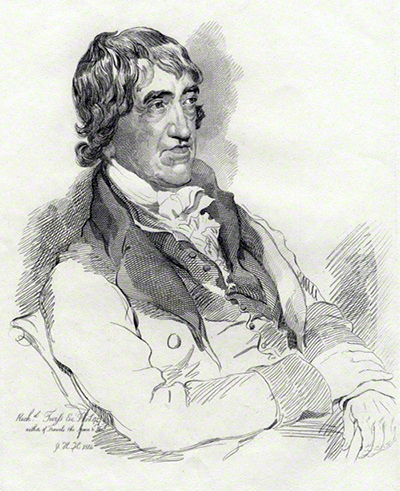
In 1776 Richard Twiss wrote a book called “A tour of Ireland in 1775” which must be one of the earliest observation and account of Irish life taken from a purely tourist perspective.
His Irish visit took place a year earlier when he arrived in Dublin on the fifth of June 1775 after sailing from Aberystwyth in Wales. Whilst in Dublin he saw the new Irish Houses of Parliament in College Green which he greatly admired and remarks that the building was begun in 1729 and took ten years to complete. After visiting some hospitals and other buildings that took his interest in Dublin he went south to Co Wicklow visiting Powerscourt House and waterfall.
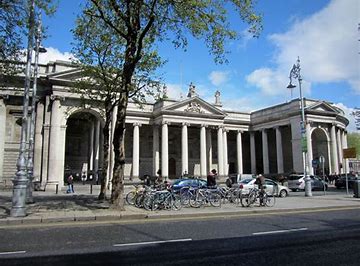
He commented about the predominance of the Irish language been spoken,
“The Irish language is still understood and spoken by most of the common people but by few of the better sort: The books which are printed in it consist only of a few devotional tracts”
He adds a small dictionary of Irish words into his guide that would be useful to the visitor or traveller.
In July of that year he set out north to Drogheda, visiting Armagh, Belfast, Derry and Donegal and many other places, he eventually arrived in Ballyshannon where he was particularly impressed by the falls sited above the island of Inish Saimer remarking that:
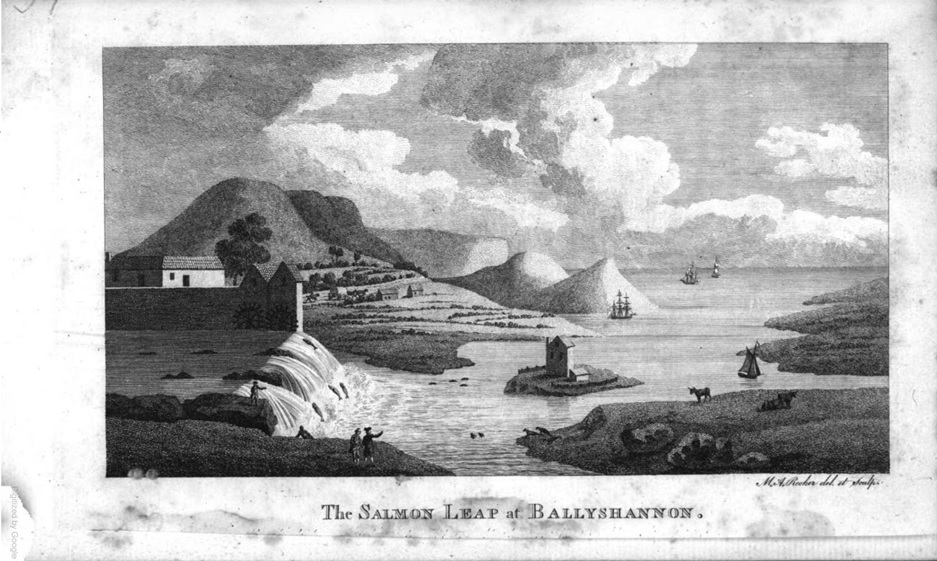
‘The next day I arrived in Ballyshannon and was so pleased by its beautiful situation that I remained there four days. It is a small town situated near the sea with a bridge of fourteen arches, over a river, which a little lower falls down a ridge of rocks, about twelve feet, and at low water forms the most picturesque cascades I ever saw. It is rendered still more singular and interesting being by being the principle Salmon Leap in Ireland”
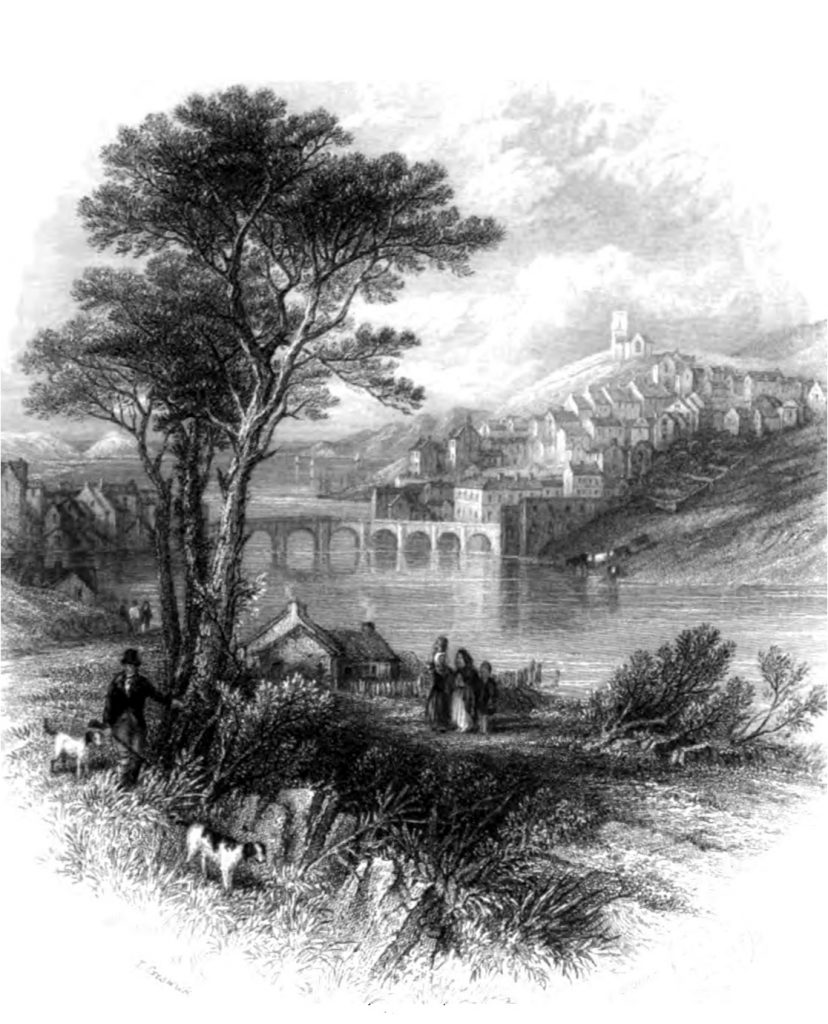
After the four days Richard continued his journey passing through Belleek remarking that the river was a succession of waterfalls and cascades. He travelled onwards to Castlecaldwell where he spent time visiting Sir James and Lady Caldwell where he admired the castle and the wonderful vista overlooking the islands on Lough Erne.
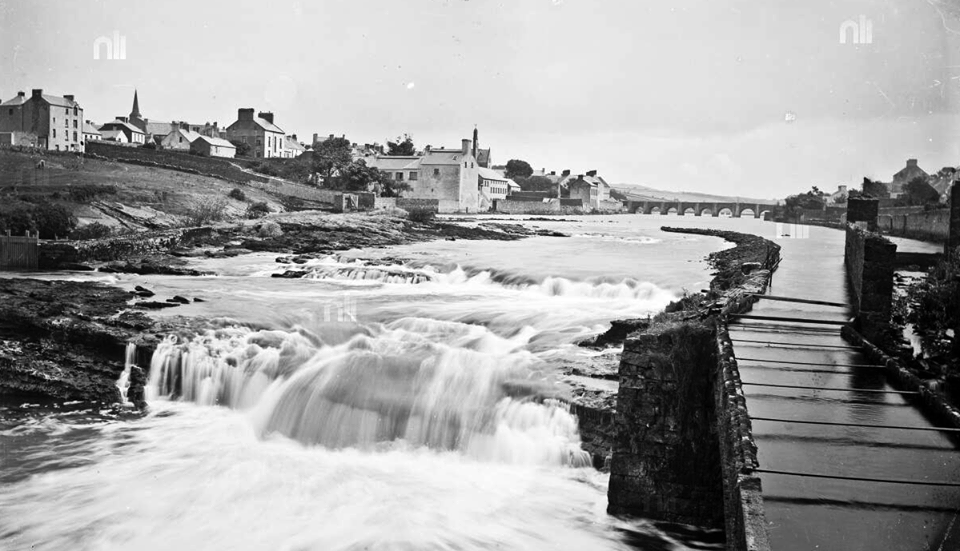
Richard Twiss was born in Rotterdam in 1747, a son of an English merchant residing in Holland. Being of independent means allowed him to travel extensively, firstly visiting Scotland and then onwards to the countries of continental Europe until 1770 when he published an account of his travels. His travels continued and he visited Spain and Portugal in 1772.
After explaining the life cycle of the salmon and the methods used to catch the salmon on the River Erne, he warned of the dangers of overfishing and remarked that the fisheries on the Erne rented at £600 per annum yet the salmon were sold at only a penny per pound giving us a good idea of the probable number of salmon caught each year at that time!
Richard Twiss was elected a fellow of the Royal Society in 1774, but withdrew from it in 1794. He died in Somers Town on 5 March 1821.
You can read the full account of his visit to Ireland at:
